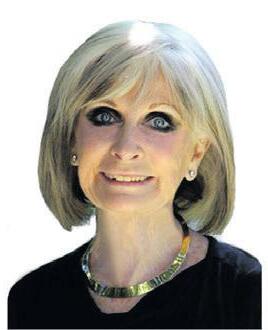
1 minute read
Should the RBA Pull the Trigger in February?
ROBERT HEYWARD
As the Reserve Bank of Australia (RBA) gears up for its February meeting, all eyes are on whether it will adjust the offcial cash rate in response to evolving economic conditions. The decision looms large, carrying implications for households, businesses, and the broader Australian economy.
Infationary pressures have been a persistent concern, with recent data suggesting that the battle against rising prices is far from over. While infation appears to be moderating globally, domestic challenges, such as supply chain constraints and wage growth, remain infuential factors. The RBA must weigh these pressures against the risk of stifing economic growth, especially with global uncertainty persisting.
On the other hand, Australia’s housing market is showing early signs of stabilization, and consumer confdence, though fragile, is gradually recovering. These trends suggest the economy might be fnding its footing after a series of rate hikes in 2023. However, acting too soon or too aggressively could risk derailing this momentum.
February’s meeting will likely hinge on the latest economic indicators, including employment fgures and retail spending.
A cautious approach, perhaps maintaining the current cash rate, could provide a buffer for the economy to adapt while allowing the RBA to assess the cumulative impact of previous hikes. Conversely, a rate increase could signal a more aggressive stance against infation, reinforcing the RBA’s commitment to its long-term target. Ultimately, the decision will depend on whether the RBA believes the economy has the resilience to withstand further tightening. Either way, February’s meeting promises to set the tone for Australia’s economic trajectory in 2024.
















